The high ISO test between the Olympus E-P2, Leica X1 and Sony NEX-3. I’ll keep this one short and simple.
- Same subject.
- Same light. (which was LOW for the higher ISO shots 1600/3200)
- All three cameras set to ISO 400, 1600 and then 3200 with their default evaluative metering and settings.
- All images straight out of camera, so what you see below is what you get. The white balance you see is what each camera gave for AWB.
- I let the cameras meter choose the shutter speed because I wanted to see which one gave the best/most accurate metering.
- Sony 16mm lens at 2.8, Oly 17mm lens at 2.8 and the Leica with its built in 24 at 2.8.
- This is just a quick test for noise, nothing more, nothing less.
- You must click on each image to see the larger full size and/or crops.
I’ll let the samples do the talking, but keep in mind this is a high ISO test for noise/color and i used out of camera JPEGS due to the lack of RAW support for the sony.
First Up, ISO 400 – CLICK images for large size samples
MY OPINION – E-P2 looks great but with less DR than other two. X1 is also very good as expected and the Sony is also good at ISO 400. Other than the distortion with the Sony, it all looks good.
Next Up, 1600 and 3200 ISO
CLICK IMAGES FOR LARGER VIEW AND 100% CROP
ISO 1600 and then ISO 3200 – first up, the Olympus E-P2 – There was some light coming in but not much. I had low shutter speeds at ISO 1600 when wide open at 2.8.
SAMPLES FROM EACH AT 1600 AND 3200!
E-P2 – 1600
E-P2 3200
Now the Leica X1 at ISO 1600 and 3200
NEX-3 – ISO 1600 and then 3200
Click on the images for the full size OOC Jpegs
This one was messed up as my thumb hit the exposure wheel by accident on the NEX-3 and set a negative exposure comp – This happened twice with the NEX and I am starting to think this is a flaw in the design. I put it up here anyway.
I wish I had the Samsung NX10 on hand for t his as I have been seeing some really great things from that camera in regards to IQ, HIGH ISO and color. I may be able to get one soon to try out but until I can I am naming the Leica X1 the champ for high ISO and overall IQ. It’s also the most expensive. Seems the E-P2 comes in last for high ISO and IQ at high ISO and the Sony is held back due to its lens…maybe. More soon with Part 3 which will feature real photos shot with each and my final results.
Thanks for reading!
UPDATE – A couple poeple have asked for me to try out the “Handheld Twilight Mode” on the NEX-3 as this will provide great low light quality. You lose control over aperture, shutter speed and ISO and the camera takes over BUT it does indeed work well. Here is a shot of a low light area, handheld. The camera chose ISO 5000 and took a series of 5 shots to stack together. You lose detail, but also lose noise.
Also, a few of you have e-mailed me defending the Sony for some reason. First of all, I have not even reviewed the Sony yet, just made some remarks about things I noticed like the lens distortion, dial that is easily moved and therefore settings get changed (on the NEX-3) and the fact that you have to dig into a menu to change settings or search for a scene mode for low light. With these little nitpicks, its still a fine camera for $549 with lens. Twilight mode works as advertised and I will use this more more on the NEX-% that should arrive to me tomorrow.
[ad#Adsense Blog Sq Embed Image]
HELP SUPPORT THIS SITE TO KEEP IT GOING AND GROWING!
Remember, anytime you follow my links here and buy from B&H or AMAZON, this helps to keep my site going. If it was not for these links, there would be no way to fund this site, so I thank you in advance if you visit these links. I thank you more if you make a purchase! I have nifty search bars at the upper right of each page so you easily search for something at either store! I currently spend 10-14 hours a day working on this site and the only way that I can pay for it is with your help, so thank you! Currently my traffic has been increasing but my funds to pay for the site has been decreasing, so any help would be GREATLY appreciated!
Even if you buy baby food, napkins or toothpicks it helps this site. You pay nothing extra by using my links, it is just a way to help support this site, so again, I thank you in advance 🙂
If you enjoyed this article/review, feel free to leave a comment at the bottom of this page and also be sure to join me on twitter or facebook! Also, you can subscribe to my feed at my subscribe page HERE and read these posts in your browser or news reader! Thanks so much for visiting my site!

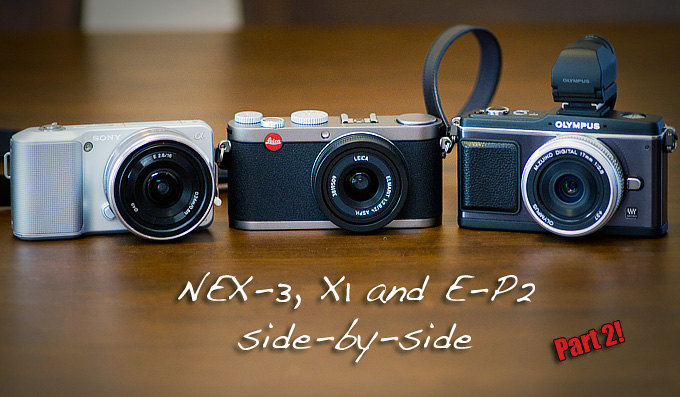
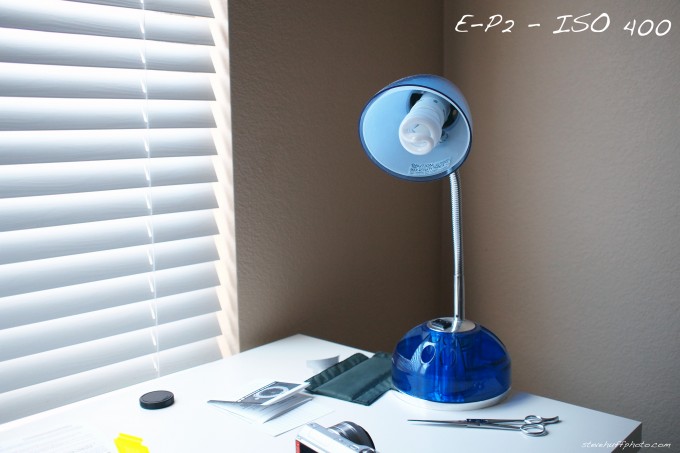
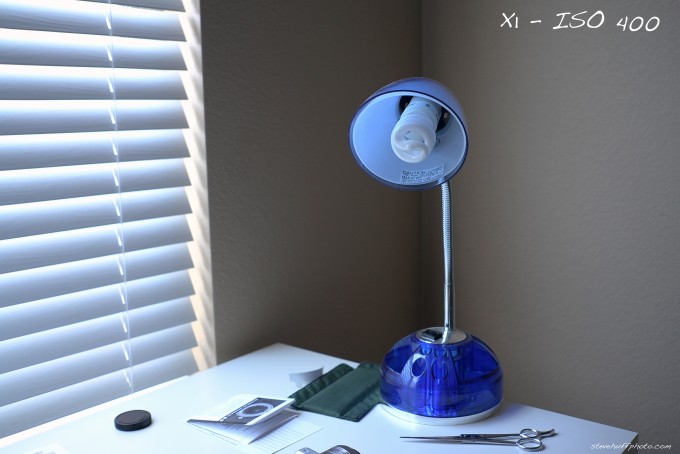
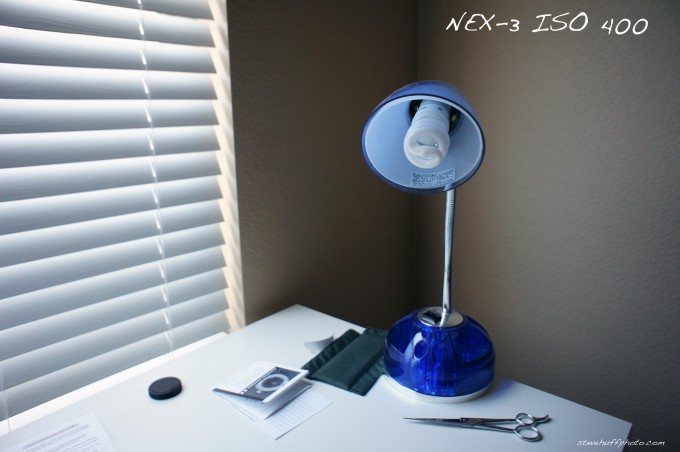
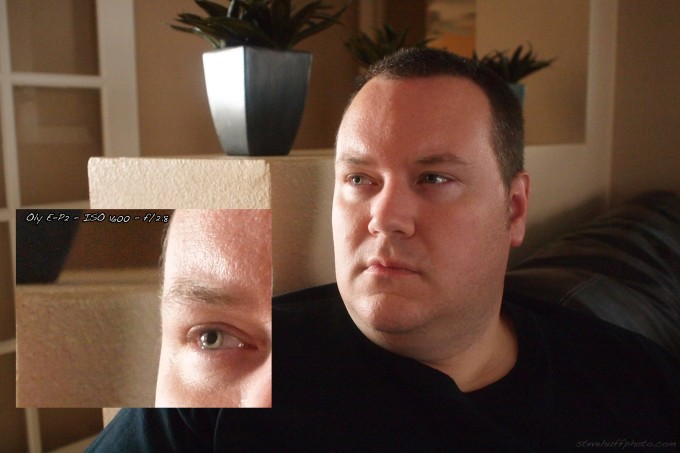
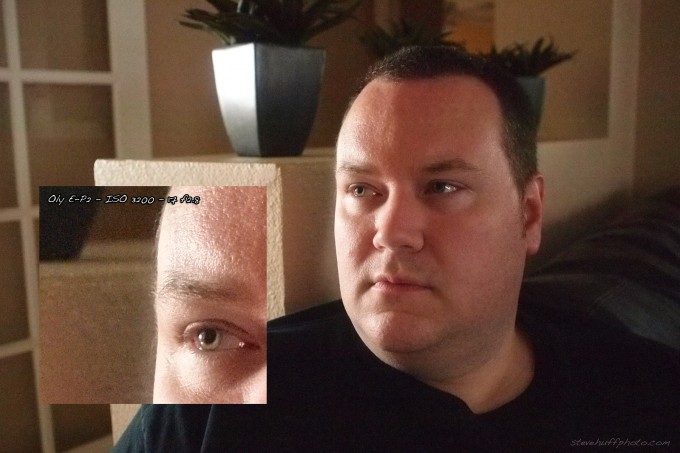

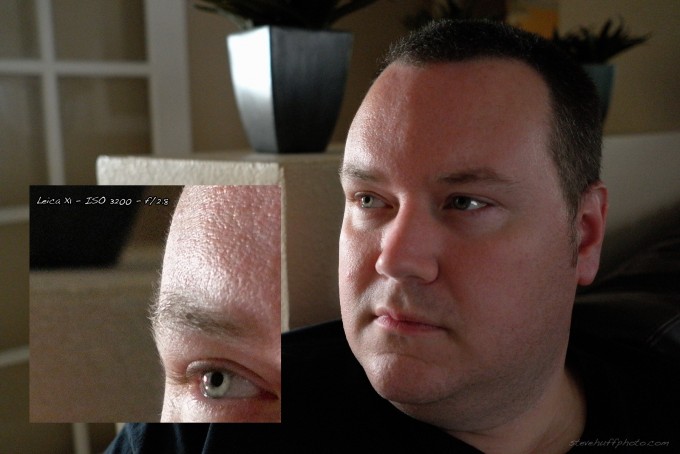
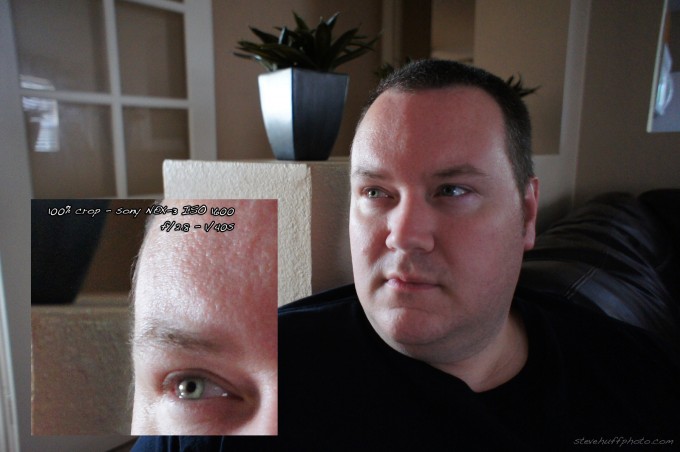
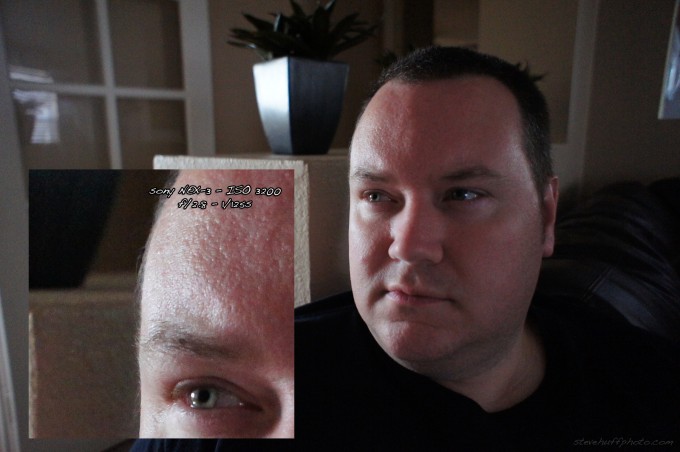


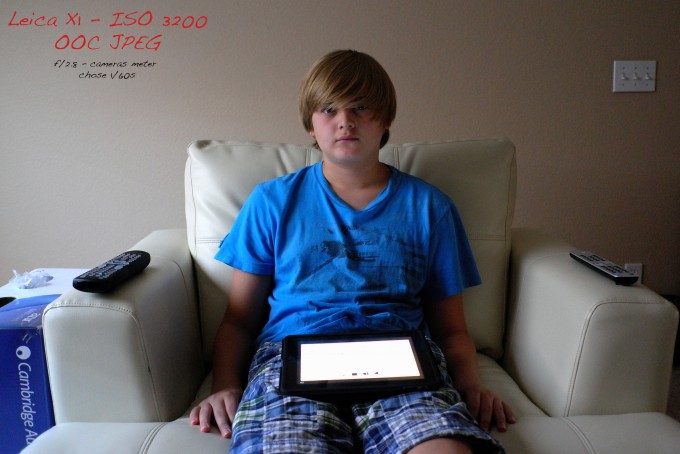
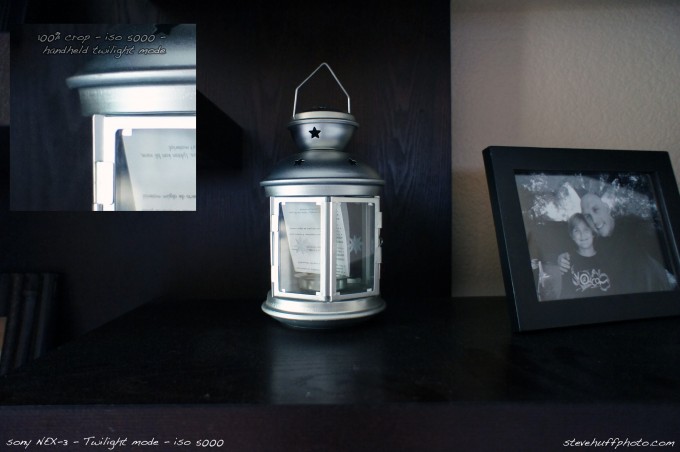


Nice comparison, wonder why you don’t throw a Panasonic into the mix.
I just picked up a G3 which has a lovely EVF and i find pretty outstanding with the 20mm f 1.7 pancake and other 3rd part lens’s. The G3 is CHEAP ($500) and HAS a viewfinder. I suspect it would compete visually with these cams since I use the G3 as a backup and walkaround cam to my 5D’s.
Peace
Have the Nex-3 and simply adore it. Have use the olympus and don’t like the set up. Also the lens protrudes very far from the camera. Also, to defend the Nex, I have never slipped on the wheel while shooting. Sounds like user error. The build of the Nex is also astounding. The lenses have metal mounting brackets, which was surprising to me. I am usually opposed to Sony products, but Sony did well. I back them 100 percent with this product.
X1 has the best quality of image however the other two have more fun, in my opinion.
@Michiel. Sorry if I explained incorrectly. The E-p2 and GF1 are superb with their correct lenses. The panny 20mm (40) is amazing from what I have seen and heard. It is when you try using legacy glass on them that they struggle imo. D700 is good In MF but I still prefer a dedicated MF system which I think gives a better confirmation of focus.
@ David. Be careful. I tried the same thing and bought a e-p2 to use with my summilux 50mm. It made it 100 mm and frankly I did not buy a 50 to use as a 100. I really did not like the increased focal length and remember with legacy lenses you have no autofocus so you are manually focusing at a much more increased focal length and these cameras don’t have great manual focus as they are predominantly set up for AF. I sold my E-p2 after only a short time due to this. Great camera but no good in my opinion if you are looking for a body to use traditional lenses. This mistake cost me quite a bit of money. Crop factor is a major negative for this. I had heard that an adaptor was being made that would convert the image into a full frame on micro 43. I have not heard much more but that would change everything. Without it, 2X crop is way too much and even 1.5 if you have to manual focus without a proper manual focus system. Just my two cents worth.
@Stephen: +1. I don’t even try using manual focus on the E-P2. The autofocus is acceptable after the firmware update, at least with the Lumix 20mm, which converts into a 40mm due to the crop factor. Ideal high quality p&s imho.
Of course you always think: in this particular situation I would have wanted a 50 for a close up portrait, or an 85, or a 35 would have been better; or a 28, a 25? a 24…. It messes with your mind, ha ha…. 🙂
The D700 allows for perfect manual focus with the Zeiss ZF.2 primes. Not lightning quick though.
I agree the AF on the GF1 is pretty good (I have tried it but don’t own it). The D700 AF is darn good and I love it. I think the point I want to make though is with a crowd of people, the AF (even on the D700) can focus on the wrong subject/person (especially when the crowd is moving) and it can take a few squeezes to get the right focus and often by then it is too late. In contrast, manual focus gets it right every time. It may not be as fast (obviously) but its more accurate and I feel with practice I am getting better at isolating the exact subject with the spit screen/image focus and I have read that HCB and co used to know how far subject could walk to fall into focus, just by looking at the amount of split when intitially viewed (ie, the focus can be off but due to experience you can estimate and work a solution). Not that I am anywhere near there! I suppose the same argument (that practice makes perfect) applies to AF and I am sure if estimates etc from an intitial ‘incorrect’ focus are done, the shot can be grabbed without too much machine gun activity 😉
Yeah, practice makes perfect. Where do you find the time Stephen?
Dear Steve:
Thanks a lot for your articles; I like them all, and the “real world” point-of-view is refreshing.
For this specific review, I like the Leica the best, but for a smaller budget, I’d go for the Olympus. Why:
1 – The Olympus is very versatile (interchangeable lenses, viewfinder, internal stabilization), and for me noise is a non-issue as long as details are there (on the computer, smoothing only the color noise will give a beautiful image while keeping the details, whereas a smooth picture with no details will never give them back). And of course, having every lens stabilized compensate in a certain extent the high ISOs differences.
2 – Sony lenses are huge in comparison to the Olympus’. The Sony’s marketing has been very effective on the “small size body” (NEX-5), but we have to keep in mind that “thickness is measured at the thinnest part of the body”. Mounting an equivalent lens cancels it out completely; actually, I found that with a lens, the Sony NEX-5 remains “smaller” (thinner) only between the lens mount and the handle, which is pointless for the overall compactness of the system.
3 – Sony’s ergonomics is nice for a point-a-shoot use, but absolutely terrible for amateur photography. Even if the sensor is nice, it is IMHO not superior enough to balance the constant fight with the ergonomics.
4 – Again, having a look at Part 1 of this review, the Olympus colors are just better than the Sony’s. And that’s much more important to me than noise at high ISO (see point 1 above).
Of course, other users may have a different conclusion. I wish I could afford the Leica, but this Olympus looks more and more appealing to me every day.
Thanks again for your website, it’s a treasure !
Best.
Hi rfed,
I am coming around to the same conclusion as you. I had a few demos with the Sony and liked some of its advanced features, like the panorama function; tilting screen; and its low light performance is astonishing. But I think the NEX5 could be a little too small. Moreover, the Olympus is part of a standards-compliant system, with third-party adaptors and lenses readily available. Sony have created their own in-house standard (and we know where that could lead), much like Samsung’s NX10 and Ricoh’s GXR.
My only query is that I already have some serviceable Nikon lenses (50mm, 28-105 & 70-300) and if I use them with the EPL-1 the focal length effectively doubles (35mm equivalent). Whereas on the Sony the fl only increases by x1.5. Do you see this as a major deal-breaker?
Also, Warehouse Express in the UK is currently selling EPL-1’s for £479 but with a £75 discount and an MMF-1 adaptor thrown in. That brings the price down to £404. If I then ebay’d the adaptor for, say £80, that makes the EPL-1 a real bargain.
What do you think?
Hi David,
If you hesitate between the Sony and the E-PL1, think about what type of photos you want. E-PL1 has the better colors and ergonomics, Sony is a P&S with good high ISOs. For me, it would be E-PL1 …
Regarding the “crop factor”, given your lenses are Nikon, they will be MF only on both bodies, and the difference between x1.5 and x2 is not large enough to make it a buying criteria. Of course, if you were hesitating between a D700 (your lenses would keep angle of view and AF) and a mirrorless body (Sony or Olympus), that would be another story.
Also, note that the 28-105 and the 70-300 were OK but not stellar in the film era, and might give only above average results on any digital body. The 50 mm will become a useful portrait lens on Olympus, but a not-so-useful intermediate tele on the Sony. So in your case, I would go for the Olympus.
@Stephen B & @rfed, thanks for the replies. I suppose if the point of these new mirror-less cameras is to produce much smaller, more pocketable cameras, then adding a legacy lens and adaptor is proably defeating the objective.
No manufacturer has (or ever will) produce the perfect camera, so the decision which camera to buy will be one filled with compromises.
that or you focus manually with the split screen/image and like anything else, the more one practices, the luckier one gets!
Zone or pre-focusing has its benefits, but contains an element of “surprise” that becomes more important as the lens opening gets wider. The window of time you have for a “grab” shot doesn’t usually allow for manually focusing with a split screen or otherwise, slr or rangefinder, so it’s pre-focusing or autofocus. I find the autofocus of the E-P2 with the 1.7/20 Lumix not bad at all; not perfect either though. Nothing is.
It’s that grey zone between the unobserved shot and the observed/posed shot. Still, if you look at the Piccadilly shots people will see you marching towards them with that not-totally-invisible M7 dangling somewhere…
As long as that doesn’t bother you you’ll get the shot.
I would like to just make a point on the relative importance of a fast auto-focus. Why do I use the word ‘relative’? Well, you don’t need auto-focus really. If you don’t believe me just look at any of the famous images shot with manual focus cameras. Now, I know that you need fast auto-focus for sports etc and I am not talking about that type of photography. I am talking about general photography (street, portraits, documentary, reportage). Why is slow auto-focus a problem then? The reason is this: The great photos that are taken with classic manual focus cameras were possible because they had a great manual focus system (see the Leica M system for example). I would say that if the masters had to deal with “just look at the picture on the back and stop focusing when you ‘think’ the picture looks to be focused’ they would not have got the photos they did. I have tried the manual focus option on most of the new cameras (EP2/GF1) and frankly, it is difficult compared to the classic methods – and I have pretty good eyesight, what about those who don’t? I submit that ‘slow auto-focus’ would not be such an issue if there was a viable manual focus alternative with the same camera. There isn’t, so we rely on the auto-focus and then complain that it is too slow and frankly, I think that is a valid complaint. Either have a time honoured traditional manual focus system or have a speed of light (and deadly accurate) auto-focus system but don’t have neither which is where a lot of the cameras find themselves these days.
Ha ha! Need to think about that… How do yóu focus then? Is it the old f8, 1/125 with a 35mm, focus at 3m’s rule? Always sharp…
the left column is nex (jpeg then raw conversion) and the right column is x1 (jpeg then raw conversion). looks like nex is better at high iso when exposed properly
[img]http://farm5.static.flickr.com/4099/4773605410_6849a9e5b7_b.jpg[/img]
Nex-5 Arrived?
Ahh… pulled it on FB as well.
What happened to the “The End” post?
Agreed Andy 100% and I also find I end up shooting a roll every week and a half sometimes (barring some wonderful situation presenting itself) as I prefer to seek out the right moment and that takes patience and is much more rewarding 🙂
Ahh, the CL… pure magic.
@Richard.
I love the passion you have for your Leica. Very inspiring! I think you should add that from a street shooting perspective, a fixed lens such as on the X1 is ideal (in my opinion) as it forces you to do the work to get the shot (and the reward). I really do believe that the more lenses one has, the less photography one does. I am not sure why this is but I think it is correct. Could it be the indecision that comes from having too much choice, could it be that one spends too much time shopping around for different lenses and never getting completely happy? With one lens…that is it, there is nothing stopping you from going out there and making it happen. So you do. With one lens, portability is not an issue, you don’t even think about it. I shoot with one lens only most of the time and that is a 50 but it could easily be a 35 or around there. It is surprising how versatile a person can be once you remove indecision.
I am sure this is what Leica were thinking when they designed the X1 and in my view, they got it spot on.
Totally agree Stephen, I make a point these days when I leave home to have only one fixed prime with me, especially on my CL. Amazing how much more care and effort comes when I shoot film and will only allow myself one exposure of each scene – no bracketing/safety shot and no second angle, once shot, it’s a done deal and move on 😉
Any thoughts on X1 VS D-lux 4??
I have an X1 and a Panny LX3 which is the same camera as the D-Lux 4.
A fine P&S, still one of the best available. But in a different league than the X1 altogether. The differences in tech specs are all around the web, you probably know them.
The AF performance is roughly equal but the X1 is both more accurate and more consitent. And sometimes faster, never slower. Yet strangely enough nobody ever complain(s)ed about the LX3/D-Lux AF while the entire planet moans about the X1s AF. The controls and menus on the X1 are much better, easier and quicker to use. This is no small point imo.
While the Leica designed small zoom lens is very good by P&S standards, the X1s lens – although fixed – is a lot better. Due to the small sensor and small lens very close to it, there is virtually no control over the DOF with the LX3/D-Lux. There is always a massive DOF, even wide open. Sometimes nice’n convenient but more often it’s not.
And obviously there is the IQ. Again, while very good in their segment, the X1 is soooo much better that this is beyond any comparison. On every IQ aspect you can name. Sharpness, contrast, color, dynamic range, drawing of the lens, noise, are all miles ahead. The LX3/D-Lux 4 is pretty noisy, even at base ISO 80.
Of course IQ is the X1s strongest trump card and this is where it really delivers. It puts a lot of (APS-C) SLRs to shame and rivals – some say beats – the very best like the Nikon D300s. And RAW files of the X1 are extremely resilient in post. The amount ‘pushing & stretching’ they can take in post without falling apart is amazing.
In short, the X1 is all about handling, IQ like no other and – to quote Steve – looks so good it should be illegal… 😀
Does this help?
Addition I forgot to mention:
Good shots from the X1 have a special look about them. I’m not sure I dare to call it the ‘Leica look’ (M – Lux – Cron users might jump at my throat) but it’s definitely there and it’s very beautiful. Hard to describe but very easy to see. I can easily pick out the X1 images from a grid of thumbnails in Lightroom. This is not in the brochure, not in most reviews (Steve excepted) but you get it anyway… 🙂
Thanks, Steve. The X1 looks like a great little “$1,200” camera:) Why can’t Sony, Panasonic, Nikkon – anybody! – make a cost-effective, utilitarian camera? Bells and whistles are fine, and welcomed; but not at the expense of dedicated, fundamental controls. Maybe an iCamera would fit the bill!
god please no. Do you really think Apple would make a utilitarian camera. There would just be one big touch screen.
Interesting comparison, I’m hoping to see more images from real low light situations (candle light, street lamps etc) As of right now most cameras can comfortably handle high iso as long as the quality (regardless of quantity) is good.
ISO 3200 @ f2.8. No image stabilization.
ISO 1250 @ f1.7. Image stabilization; good for two stops?
Mmm… I wonder.
In other words, the comparison could also have been: take these three cameras, present them with the same scene and (low) lighting, take real world photographs. All three cameras will (with a little help from the photographer) combine the three variables diaphragm, shutter speed, ISO in their own way, to come up with the final image. Noone in the real world shoots at ISO 3200 because he wants to, but because in a particular situation the camera won’t let him use a lower ISO. Noone in the real world uses wide open if the iq sucks and the light and scene allow him to use a “better”opening. Etc etc…
So a straight ISO comparison is very informative (as Steve’s testing almost always is, and also in this case), but it’s not exactly “real world”. IMHO 🙂
Thanks Richard! Elaine, these were with my M7 on Reala 100 and 50 lux.
I thought so, but wasn’t sure. Thanks.
Bibble 5 supports Nex raw
Steve,
Do I spot a box from Cambridge Audio next to the chair? So we’re not only into fine cameras now are we?… 😀
Before we know Steve will play “Garden party” for us… 🙂
Looking at the results above I think it’s impossible to see anything else than that the X1 is way ahead of the others (as with the low ISO shots btw). No comparison imo.
The “boy with iPad” pics are pretty conclusive. The background/wall show the differences.
It’s not conclusive.Nex version is underexposed.
Here is another one I took a little further down the street on the same evening 🙂 London dishes up these easy shots time and time again, just walk, focus and fire 😉
[img]http://farm5.static.flickr.com/4082/4760187793_a6674b683b.jpg[/img]
Stephen, What di you use for a camera? A film camera?
Stephen, looks like Holborn or thereabouts. Are you a banker by any chance? Feel free not to answer that question… 🙂
That’s actually just great; have the camera with you at all times and don’t be afraid to look and shoot. The quality of the light is phenomenal.
Nope. Piccadilly…. 🙁
Snapped this on the way home the other evening. I call it Ritzygirl because it was taken near the Ritz Hotel, London. I liked her dress in the evening light. It did not stop the world, but it stopped me for enough time to squeeze this shot off 🙂
[img]http://farm5.static.flickr.com/4121/4760220027_46df869820.jpg[/img]
Great shots Stephen. Both!
I have to just say that all these cameras seem to provide amazing results and to be honest, to get wonderful images you could use any of them and never need another camera. How great is it to be a photographer with such great tools available to us! Dare I use the great man’s name but… Henri Cartier-Bresson (or HCB) could have taken any of these three and created magic I am sure.
Whether you have the Sony, the Leica or the Olympus – rest assured you have one of the best cameras ever made and with it you could, if you are in the right place at the right time and press the shutter release at just the right moment…take the picture that changes the world. Ain’t that a feeling? You know that you could just be the one to do that and you have the tool to do it! Its one of the reasons I love photography… you never know what is round the corner, so have your camera ready! Now, could be your moment 🙂 Its like fishing… today, could be the day!
On that note, I say lets get out there with our wonderful cameras and capture that decisive moment that just could be the shot of a lifetime.
Yah, totally agreed with you on this note… A tool is just a tool, it’s the photographer that’s matter.
I’ve got here with me K-7 and the Limiteds and E-P1, which I’m on the verge of selling all of them to fund my move to M8. But after seeing all these tests, I realised that “what’s the heck !”, the tools are just the tools and you won’t see much differences in the real world unless you blow it up 30″ and put it up on your wall (which I never do). Keep these kinda crazy comparison coming, I needed to be remind from time to time that’s whatever tool, you can make a good photos.
PS. I still dream of M series days & night… lol ~
The Handheld Twilight Mode indeed works fine (much better than the Anti-Motion Blur which is noisy since it tries to prevent ghosting from moving objects/people). I can also say that even at ISO 6400 with carefull exposure the results can be useable. Now, I wonder how the Summilux will perform on the NEX, the combination of f1.4 and 3200 or even 6400 ISO seems very exciting.
Yes it does work good. I think the NEX-5, with a good lens will be a highly capable camera. The 5 has a deeper grip, and yea, Leica glass on the Sonys should be better than they were on the m4/3 cams.
About the Leica lenses perfomance on the NEX, I was wondering, the larger sensor of the Sony is really an advantage comparing to the m4/3 cams ? The m4/3 cameras have a bad performance at the corners with Leica glass, Leica solved the problem on the M’s with lens coding and microlenses. The fact the that NEX has neither of these could it mean that maybe the NEX will perform worse than m4/3 cameras with Leica glass ?
Well, anything is possible! We should see some samples soon. Thx
bad is relative when speaking of pro lenses. Sony knows how to make camera sensors, just ask Nikon. And Leica knows how to make lenses, just as steve. Im sure it will look fine.
Just added a Sony NEX-3 image using “Handheld Twilight Mode” which is pretty impressive even though you lose all control with the camera. Still, it works as advertised but looses some detail.
Tough crowd here tonight. I appreciate the comparisons Steve and realize they are not lab tests, I appreciate your taking the time to post them and continue with the job well done.
I also have to say here that after lurking for many many months I recently purchased an M8, she is a beauty, and the 35 Summarit (my first Leica anything!) from Ken Hansen, the camera and the seller have been a first class experience, as has been this web site.
Eric
Thanks Eric! There will always be those who dont get what I do and why I do it. Many are stuck in “scientific” mode from most other sites, and honestly, that has nothing to do with photography. I just show a camera being used, how it would be used if someone bought it. For example, any average Joe who buys the Nex-3 and 16 will set it to A or AUTO and fire away. Therefore, the results they get will mirror what you see here.
ANYWAY, thanks for the kind words and comments. Have fun with the M8!
i think good ol’ Steve does a great job on this site. always find his videos and written reviews informative, useful and written in a clear, concise way. this is good for me as i am not a so-called ‘serious’ photographer. but i’m learning!
he spends a lot of time and effort providing samples and is gracious enough to respond to many replies, even ones i find quite snarky. what i often see here a lot are show-offs often trying to show him up, and outsmart and criticise his good work which really does get tiring. luckily he shows good humor and doesn’t lose his cool. i know i would!
g.
Nex has anti-blur and Hand-held twilight mode (which is one of the scene mode). Try that. I predict it will blow Lx1 out of water in those modes.
I have tried them. Can post results if you like but others may see them as flawed 🙂
Sure but I would rather see you do it after you get Nex-5 with the kit lens. The kit lens at 24mm would be closer Lx1 focal length.
“This one was messed up as my thumb hit the exposure wheel by accident on the NEX-5 and set a negative exposure comp – This happened twice with the NEX”
Nex-5 deeper grip maybe different
oh, did you say Nex-5? I thought you had Nex-3
I have the NEX 3
That’s what I thought. In the article you said Nex-5 .. “This one was messed up as my thumb hit the exposure wheel by accident on the NEX-5”
Ooops! Fixed it.
Not so sure where this comparison is heading to? Differences between the cameras seem negligible. Everything I see could be altered by changing exposure or in camera processing (I guess all of them provide differen color / contrast and sharpness presets.)
Wheres the point in all that?
Mount a Leica M lens on both the NEX and the EPL1 and then we talk.
Leica M adapter for Nex is now on ebay
What is the point of mounting a M series lens? Steve’s reviews are real world reviews. Tell me how many general consumers are going to buy an adapter to mount a $1250 lens on a $600 camera? Let me answer that for you – NONE.
If Steve’s finger accidentally messed up the camera due to an ergonomic design flaw, then guess what – so will Joe blow from Idaho’s finger do the same.
It really irks me to see comments like this, since it give me the opinion that all the commenter does is shoot test charts and isn’t a photographer, just a tyro fanboy who wouldn’t know the rule of thirds if it came up and smacked him upside his head.
Hey why don’t we get an adapter for the Pen and the NEX so I can mount my Rodenstock 8×10 lenses – you know you can’t get any better quality than that!
True, but I doubt the “average joe” will buy something as expensive as the X1 either 😛 Lovely camera, but damn what a price tag..
As John Griffith stated (and you also mentioned), the last NEX image is underexposed and does not show the camera’s true high ISO ability. I own the NEX5 and although I find myself fighting everyday with the ridiculous and slow menu interface, and also hate the incredible distortion of both kit lenses, I have to say that one thing that the NEX does great is very good high ISO images.
You don’t indicate your metering selection; however, in a scene like the one with your son with a bright area (the notebook or iPad) and multi metering selected I find the Sony will underexpose the scene. Probably a change in the metering in response to DPR claiming it was over exposing. The center or spot metering will provide a more balanced exposure (center preferred). Taking and comparing an obviously underexposed image makes no sense.
Not sure if you read the txt above it but I said it was underexposed, and put it there so I can state that the camera is semi flawed. This has happened twice to me where my thumb accidentally hit the dial and changed either the Aperture or the Exposure compensation.
I clearly state that it was under exposed. This is why there are three examples.
So is the X1 flawed if you hit the shutter speed dial accidentally?
To call a camera flawed because YOU hit a button on it by mistake is a little unfair.
Another flawed test, 2 for 2.
Well, this has not happened to me ever, with any other camera. The NEX camera has a dial that is placed right near your thumb and its VERY easily moved. The slightest touch will move it, so yea, this is a semi flawed design IMO.
Flawed test? How is this? I provided 3 samples and in the one where the dial turned without my knowledge from normal handling, I stated the fact that it was underexposed. This is why there was ANOTHER test where I had to triple check that the dial did not move.
No flawed test here, sorry.
Furthermore, all this test shows and was meant to show is the ISO performance. The X1 did the best, NEX 2nd and E-P2 last. This is clear and obvious.
I have about 12 other samples I can post that all show the same thing, but why? It is what it is.
(EDIT: How can you not see the 2nd TEST at 3200 of the guy sitting down? There is a 1600 and 3200 test of that image with all three cameras. Again, no flaws. – STEVE)
I am not seeing the other test at 3200 ISO, I only see the one test where it is underexposed on the NEX.
So on the high ISO test you really only have one set of images, the 1600 ISO images, 400 ISO isn’t high unless you are shooting point and shoot camera with tiny sensors.
Look forward to the next part.
And on another note, if this test isn’t flawed then what would you call it?
yes the guy sitting there, 3200 ISO, the nex got 1/125th shutter speed, the X1 got 1/80th shutter speed, longer shutter speed more time to get light information to the sensor = better results. Flawed test, sorry.
(from Steve – wow, the only thing flawed here is your thinking. The cameras chose their shutter speed. I used the cameras like most people who buy the cameras will use them, meaning, letting the camera choose the shutter speed. So are you saying the Sony has flawed metering?)
“I used the cameras like most people who buy the cameras will use them, meaning, letting the camera choose the shutter speed. So are you saying the Sony has flawed metering?)”
it might. but doing an ISO test and letting the camera meter may be more of a mistake. If doing an ISO test setting should be the same, if doing a metering test then settings could be different, which would be the point of a metering test, not an ISO test.
I enjoy these tests, but if they could be a little more accurate it would be nice.
As far as we know the Sony metered more light then the X1 due to the wider lens, and possibly the settings not on center weighted, who knows what settings you had. Shooting in manual for these tests shouldn’t be all that difficult to do and would provide better results and maybe they wouldn’t be flawed. Sorry just had to say flawed one more time. Going swimming now, still testing the TX5, nice little waterproof camera. Speaking of waterproof camera, where was you when I was looking to buy one, I demand a waterproof test of the X1, PL2 and the NEX-3, heck throw the M9 in that test too.
The X1’s pictures looks pretty good !